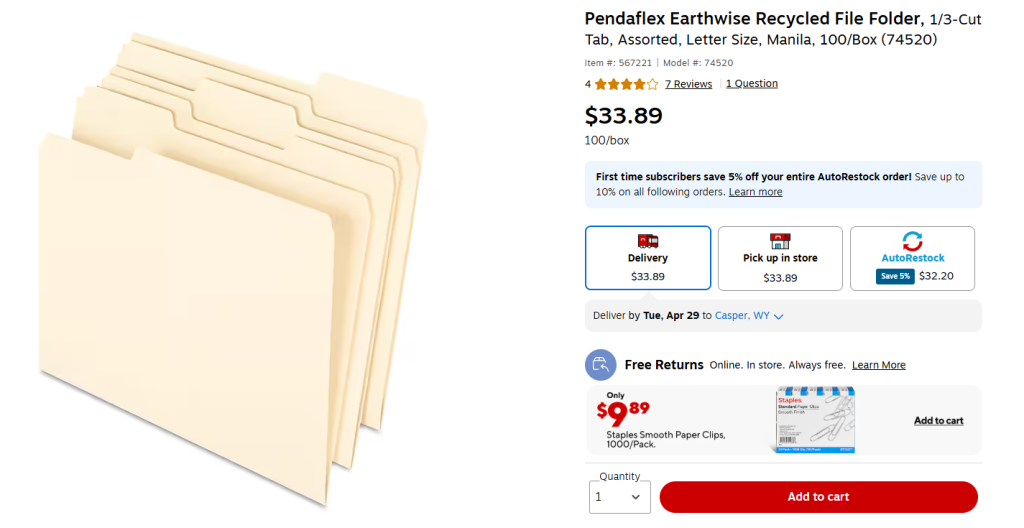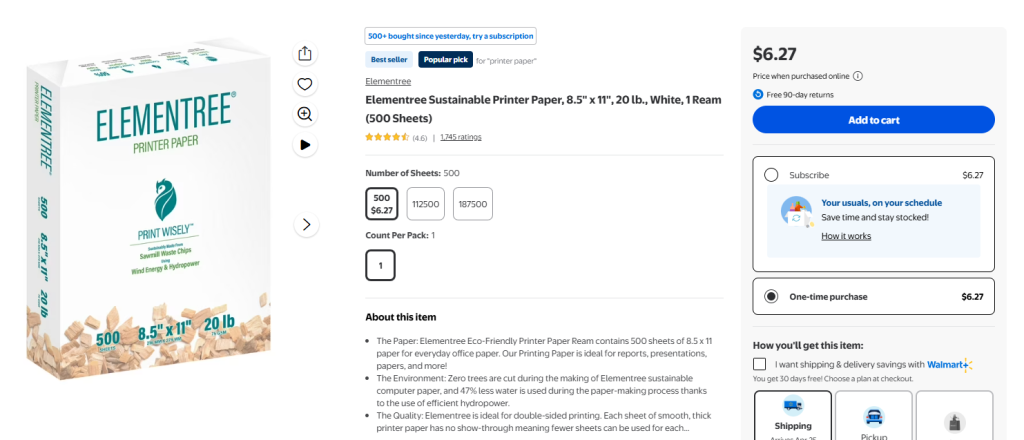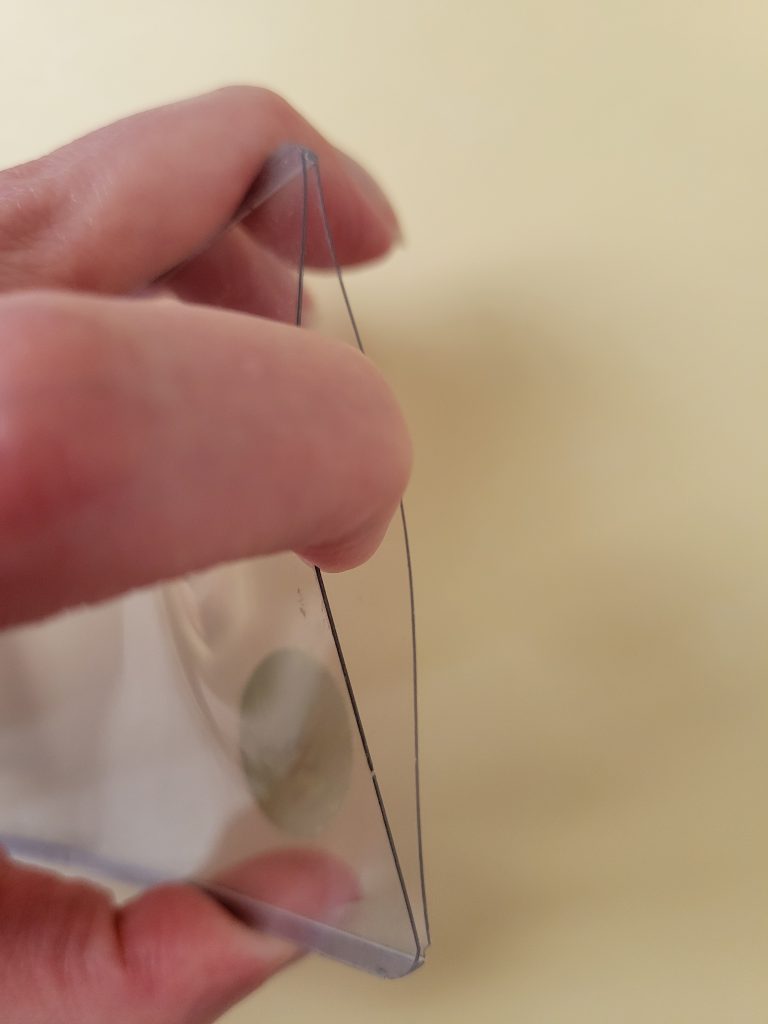3 Simple Tips to Protect Your Archival Collection
Sometimes following museum best practices with your collection can seem overwhelming. Here are 3 simple tips to protect your archival collection that you can do quickly, easily, and affordably.
Use Archival Folders

If you’ve gotten into collecting Civil War history, you’re likely to start winding up with a lot of paper. This ephemera could be CDVs, military documents, old newspaper articles, etc. Some of these may end up on display somewhere in your home, but if they are not, they need to be stored. It may be tempting to just stick them in a box for safekeeping, but that is not the best idea.
Placing these historic documents in archival folders is a great cost-effective option because it allows you to protect the documents while also keeping them organized. Archival folders are becoming much easier to find nowadays. Instead of ordering them from museum supply companies, you can often find them at your local Walmart or Staples store. They tend to cost a bit more, but in the long run they are worth it. Non-archival materials will damage your documents over time. They tend to be acidic, which means they will turn papers yellow and eventually crumble them away.
We’ve all seen an old, yellow crumbly newspaper, right? The reason that the newspaper is yellow and crumbly is because it was printed on very acidic paper. Dime store paperbacks from the 1950s and 1960s are often yellowed as well for the same reason. Acidic paper is cheaper and is often used by printers when longevity is not a priority. Now, have you seen a paper turn yellow because it was stored next to a newspaper? I’ve seen this happen countless times in shoe boxes of old papers that folks tend to keep. The newspaper clippings are acidic and so any paper they come into contact with is also yellowed and damaged. That is exactly why we want to use archival folders to store our documents. We don’t want them to turn yellow because they were stored inside an acidic folder.
Use Acid Free Paper

Now that you’ve got some archival folders, you’ll want to get a ream or two of acid free paper. You can store multiple documents in the same folder, but you’ll want to separate them with acid free paper. Use the paper as interleaving between the documents.
Let’s say you have 5 papers that all relate to the same individual and you would like to store them in a folder together. You can store the first document in the folder, then a sheet of acid free paper, the next document, a sheet of acid free paper, and so on, until you’ve placed them all in the folder. This ensures that the papers are not rubbing against each other and transferring ink or dirt, and they are also protected from any potential acid transfer. Now, this is something that you will need to check on. If you have a folder full of newspaper articles, that acid in those newspapers may leach through the interleaving eventually, so you may need to replace it periodically.
Acid free paper can also often be found locally very easily at any office store or big box store.
Use Archival Photo Sleeves
These are archival products that I really can’t live without. I use these for photos and also for any important documents. These sleeves give paper artifacts and an extra layer of protection. For reference, I prefer the side-locking sleeves that I’ve mentioned in previous posts, which can be purchased here.

I have had CDVs shipped to me in rigid plastic folders that I CANNOT STAND. I’ve also seen a lot of collectors keep their CDVs in these same hard plastic holders that are only open on the top. I hate these for several reasons:
- You have no idea if they are archival or not. Just because an antique dealer shipped you a photo in it, does not imply that it is safe to continue to store your item in it.
- They are rigid and the document is held inside by force. This is not a good way to store archives. You don’t want pressure on the document because that harms it over time. Think of any video you have ever seen of an archive or museum collections room—are ANY of the artifacts stored in things that squish them, press down hard on them, or force them in any way? No.
- Because they are so rigid and only open on one side, it is much more difficult to remove the document from them and also difficult to place them back inside. Yes, we all have our little tricks to pop them open a certain way, use a thumb to press down and slide them out, etc. Again, where have you ever seen anything like that done in a museum collection? It’s not. Typically, these cards are used to store CDVs, although I have seen them used with tintypes, which is a whole other issue…CDVs are basically REALLY old cardstock with an image printed on it. It should be handled delicately because each time you remove it and put it back, you are damaging it. Period. No matter how good you think you are at getting them in and out. The very fact that you have to grab the image with your thumb to pull it out, damaging it. Period images should be handled by the edges just like how you’d handle an “old fashioned” CD. Remember how sacrilege it was to get fingerprints on a CD? Think of that when you’re handling those CDVs and tintypes. You can’t handle them by the edges and use those rigid plastic holders that are only open on the top. For that reason alone, they are not good for these collections. Not to mention rubbing on the images, damaging the prints, etc.
If some of you would like to keep your images in “pockets” I would recommend looking into archival sleeves that are designed to hold images safely in binders, or even small archival books designed to hold images. I use these notebooks, place the images on the paper using archival photo corners, and they are safe inside the book without any pressure on them, and they can easily be removed if I need to rescan them for any reason.
Bonus Tip
Always, always, always scan and digitize your collection! If you don’t have one, invest in a simple scanner that can scan at least 600 dpi and scan all your photographs at that resolution to start. Documents can be scanned at 300 dpi and be easily read and enlarged clearly. Once you have your collection digitized there is no reason to be pulling old photos in and out of sleeves, documents in and out of folders, etc. You can easily look at them digitally and ensure that their condition is not degrading as you keep handling them. No matter how careful you are, every time a document is handled, its condition degrades. That’s a simple archival fact. So, the more we can minimize that, the better! And as an extra tip, please consider setting up a digital catalog system like I discussed in a blog post a few weeks ago here! All of these tips will go a long way to protect your archival collection!

